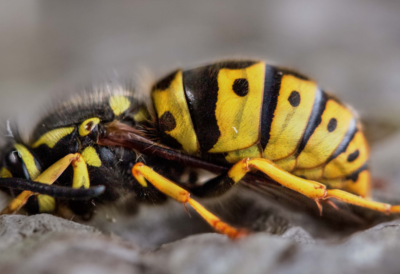Biological control is one of the ways to manage pest problems. It involves the use of natural enemies, and there is usually an active human role in the process. Even if it
How Does Biological Control Work?I
You’ll need to get nontarget species of natural enemies of the pests. This usually involves insect predators to deal with the pests that are around. It could also involve the use of parasitoids and pathogens.
It’s important to focus on anything that has a high reproductive rate. This helps to synchronize with the pests to ensure all populations are kept under control.
The Use of Predators
There are plenty of insect predators that you can introduce into your garden or local area. The predators will directly attack the insect pests for food, helping to keep the pest problem to a minimum. You’re not going to get rid of all the pests, but that’s not the aim. It’s about control and not full eradication.
Some of these pests include:
• Assassin Bugs
• Lacewings
• Lady Beetles
• Stink Bugs
• Syrphid Flies
• Spiders
• Predatory Mites
• Hunting Wasps
Using Parasitoids for Biological Control
Another option is to use parasitic insects. These insects will see out hosts to lay their own eggs, then the insects will feed off the host, killing that host.
The downside to this process is that it is only usually on one stage of the host. The parasitic insects lifespan is on the shorter side, but there can be multiple generations in a year helping to keep the pest problem under control.
These include:
• Braconid and Ichneumonid Wasps
• Parasitic Flies
Pathogen Uses and Downsides
You can also use pathogens as a form of biological control. Insect pathogens will help to suppress the outbreak of insects by spreading disease through them. The weather conditions need to be right for this.
Of course, there is a downside in this. The pathogens can lead to disease in the plants and other greenery. It could lead to causing more damage if not kept under control. This is why you need to monitor this, as well as ensuring the use of ornamental plants to help keep the diseases at bay.
Some plants have toxins that will help to destroy the pathogen. This ensures the infection remains on the pest that is a problem and not on the healthy plants you want to grow.
Pathogens include:
• Fungi
• Bacteria
• Viruses
• Protozoa
You can use single biological control methods or multiple ones together. You can also use them with other pest control methods to keep your garden healthy.

